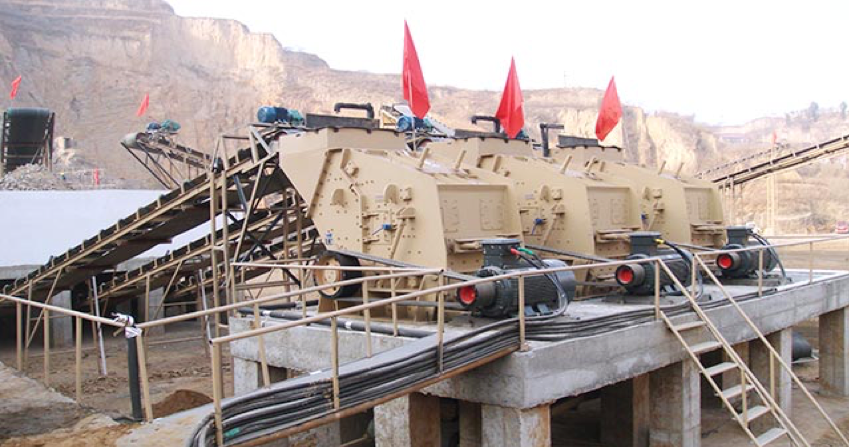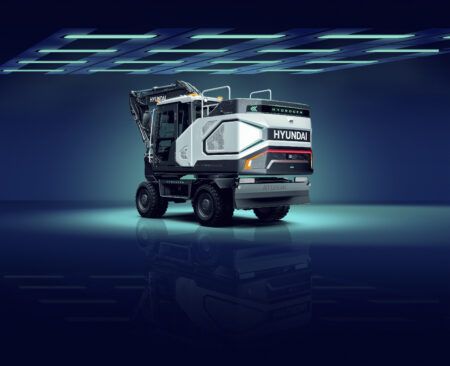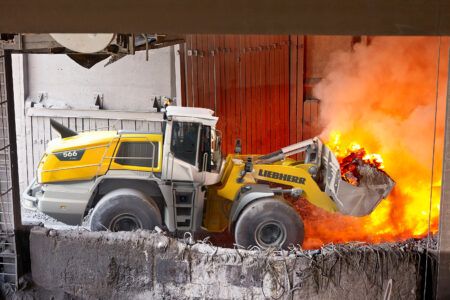January 25, 2019, the Vale iron mine in Brazil experienced a dam break, which led to the closure of large-scale mines. At the same time, the two major mines in Australia, BHP and Rio Tinto, were affected by the hurricane to reduce their shipments.
The world’s three major iron mine decreased shipments of 50 million tons at the same time, which has led to a tight supply of global iron ore.
Since the end of January this year, iron ore prices have risen sharply, far exceeding the increase in steel and other raw materials. Therefore, iron ore has become the most popular investment in the eyes of investors. In July 2019, the price of iron ore reached more than US$120 per ton.
For the time being, the investment prospect of iron ore is very bright. So what is the global reserves and distribution of iron ore? How much does it cost to build an iron ore processing line? This article will answer you in detail.
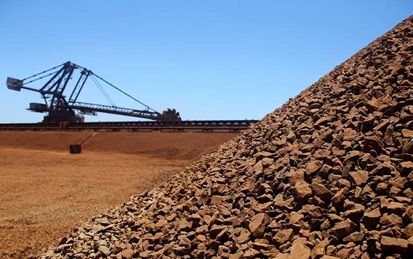 Overall reserves of global iron ore
Overall reserves of global iron ore
The data released by USGS in early 2005 showed that the global iron ore reserves were 160 billion tons, the reserves of mineral iron (ie, iron contained in iron ore) were 80 billion tons and the basic reserves were 180 billion tons.
The world’s iron ore is mainly reserved in Ukraine, Russia, Brazil, China and Australia. The reserves are 30 billion tons, 25 billion tons, 21 billion tons, 21 billion tons and 18 billion tons respectively, accounting for 18.8%, 15.6%, 13.1%, 13.1% and 11.3% of the world’s total reserves respectively.
In addition, Kazakhstan, the United States, India, Venezuela and Sweden also have rich iron ore resources, and their iron ore reserves are 8.3 billion tons, 6.9 billion tons, 6.6 billion tons, 4 billion tons and 3.5 billion tons, respectively accounting for 5.2%, 4.3%, 4.1%, 2.5% and 2.2% of the world’s total iron ore reserves.
The world’s mineral iron is mainly reserved in Brazil, Russia and Australia, with reserves of 14 billion tons, 14 billion tons and 11 billion tons respectively, accounting for 17.5%, 17.5% and 13.8% of the world’s total reserves. The sum of the reserves in the three countries accounts for 48.8% of the total reserves in the world.
Mineral iron reserves and basic reserves are the most representative of the richness of a country’s iron ore resources, so Brazil, Russia and Australia are the world’s richest iron ore resources. At the same time, it shows that although Ukraine and China have large reserves of iron ore, they have more lean ore and less rich ore.
The global iron ore resources are quite abundant, and the proven reserves are more than 400 billion tons. According to the current production level, it can be supplied for 400 years.
Iron ore resources are mainly reserved in more than10 countries, and 90% of proven reserves are distributed in10 countries and regions. They are: CIS (proven reserves of 114 billion tons, of which Russia is more than 80 billion tons), Brazil (68 billion tons), China (50 billion tons), Canada (over 36 billion tons), Australia (35 billion tons) ), India (17.57 billion tons), the United States (17.4 billion tons), France (7 billion tons), Sweden (3.65 billion tons).
In addition, the United Kingdom, Venezuela, Chile, Liberia, South Africa and other countries are also rich in reserves.
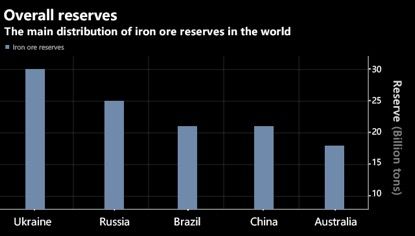
Characteristics of global iron ore resource distribution
- The global iron ore resources are very abundant, and the long-term supply can be guaranteed.
The global iron mine reserves increased from 232 billion tons in 1996 to 370 billion tons in 2006, an increase of 59.5% in 10 years. The total amount of iron ore resources in the world is estimated to exceed 800 billion tons (the amount of iron ore), and the iron content exceeds 230 billion tons and there is still great potential for future discovery.
- High-grade iron ore distribution is concentrated
The major countries of iron ore resources include Brazil, Australia, China, Russia, Kazakhstan, Ukraine, the United States, India, Sweden, and Venezuela. High-grade ore is widely distributed in Brazil, Australia, India and other countries. The low mining cost and relatively high grade of iron ore make these countries the major iron ore suppliers in the world.
Analysis of iron ore crushing process
Analysis of iron ore crusher
- The importance of iron ore crushing process
Before dry selection, the lean iron ore requires millimeter-scale fine crushing by the fine crusher. If the particle size of the iron ore is not small enough in the crushing stage, low-grade iron ore is difficult to be selected later, which will cause serious waste of resources.
- The selection of iron ore crusher
The common problem in the iron ore crushing production line is that the wear parts of the fine crusher are seriously worn out, and the repair and maintenance of the fine crusher are too frequent, which makes the production efficiency of the iron ore crushing production line lower.
Therefore, the selection of an efficient and wear-resistant iron ore crusher will greatly increase production efficiency while reducing production costs.
- The iron ore crusher price
Different iron ore has different features. According to these features, the crushers are made of different materials. Therefore, the prices of iron ore crusher are different. However, reasonable crushing processes and crusher can be used to save the cost investment and achieve the required crushing effect.
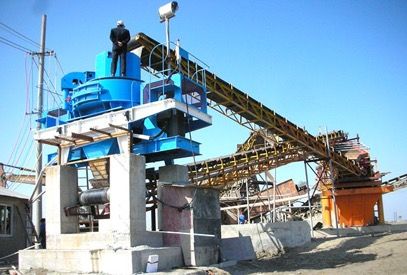 The description of iron ore crushing process
The description of iron ore crushing process
In the crushing process of lean iron ore, in order to obtain the best process configuration and the lowest crushing cost, it is necessary to master the relationship of particle size among the primary crushing, the secondary crushing and the fine crushing.
- For the low and medium hardness iron ore, it is suggested using the three-stage crushing process. Lean iron ore generally requires dry selection, and the effect of dry selection is directly related to the fineness of iron ore. The finer particle size of iron ore, the better dry selection effect.
- For medium and low hardness iron ore mines, the selection of fine crushers is crucial. On the one hand, we must achieve the purpose of fine crushing. On the other hand, we must control the cost of fine crushing. If the high-fineness crushing effect can be obtained and the crushing cost can be relatively low, a good process effect is achieved.
Crushing process
- Primary crushing
The jaw crusher is generally used in the crushing process of iron ore. The jaw crusher is a traditional and reliable coarse crushing equipment, and its application range is extremely wide.
The iron ore jaw crusher is a new generation of crushing machinery newly developed by HXJQ Machineryin combination with large-scale crushing machinery manufacturers at home and abroad.
It specializes in the crushing of iron ore and overcomes the hardness and variable nature of iron ore materials. Its feed size is 120 mm to 1,500 mm, single machine output reaches up to 1,000 TPH.
- Secondary crushing
For medium and low hardness lean iron ore, the second crushing equipment can use the impact crusher. The iron ore impact crusher utilizes a plate hammer on a high-speed moving rotor to produce a high-speed impact on the iron ore fed into the crushing chamber. The crushed iron ore is thrown at a high speed in the tangential direction toward the counter-attack at the other end of the crushing chamber.
During this process, the iron ore will collide with each other, causing cracks and looseness. When the iron ore particle size is smaller than the gap between the counterattack plate and the plate hammer, it is discharged outside the machine.
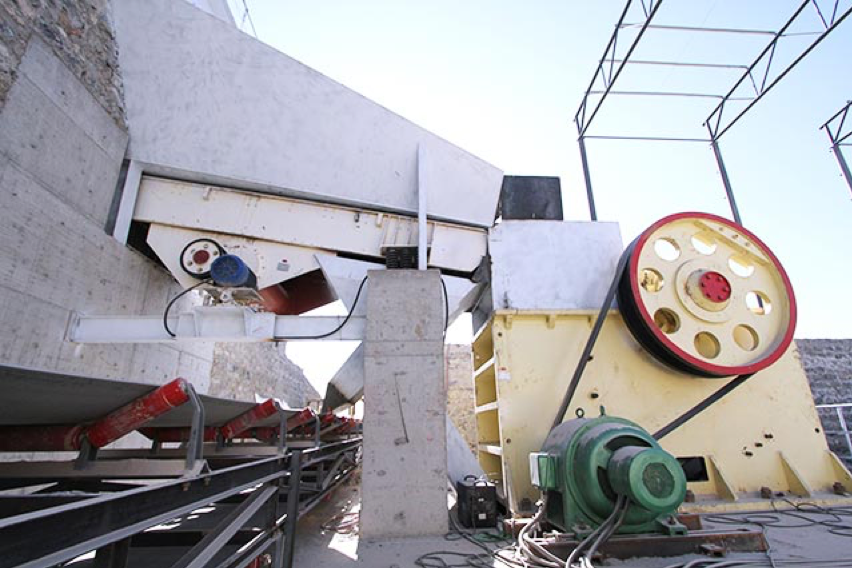 The impact crusher can adjust discharge size and iron ore shape by adjusting the gap between the counter frame and the rotor to meet the various needs of customers.
The impact crusher can adjust discharge size and iron ore shape by adjusting the gap between the counter frame and the rotor to meet the various needs of customers.
For high-hardness iron ore, a cone crusher can be used for the secondary crushing equipment. The HXJQ short-headed cone crusher can achieve a fine crushing effect of 3 to 13mm, which can fully meet the requirements of dry selection and grinding. However, due to the high hardness of such iron ore, the impact on the wear parts is large, so ordinary crushing equipment is difficult to exert its advantage.
- Fine crushing
In areas with low power consumption, the sand making machine developed and produced by HXJQ can achieve the fine crushing effect of high hardness and high output iron ore. Not only can the iron ore particle size be reduced to improve the dry selection efficiency, but also the ball mill load and operating cost can be greatly reduced, and the ball mill production capacity can be improved.
The price of iron ore crushing production line is related to various factors such as equipment combination, output level, and quality. Of course, the quotation standards of different manufacturers will also be different. Customers also need to analyze specifically when purchasing.
The comparison found that the price of the iron ore crushing production line of HXJQ Machinery is the most economical and reasonable, ensuring that the production line has a long service life, less failure, high efficiency, good effect, energy-saving and environmental protection, and can keep its price lower than other manufacturers 6% to 7%.
At the same time, the HXJQ configuration plan is all-sided, and there is a wide variety of equipment in HXJQ Machinery. If you are interested in these crushing equipment, please submit your relevant information on the right side, we will arrange a professional engineer to answer your questions.